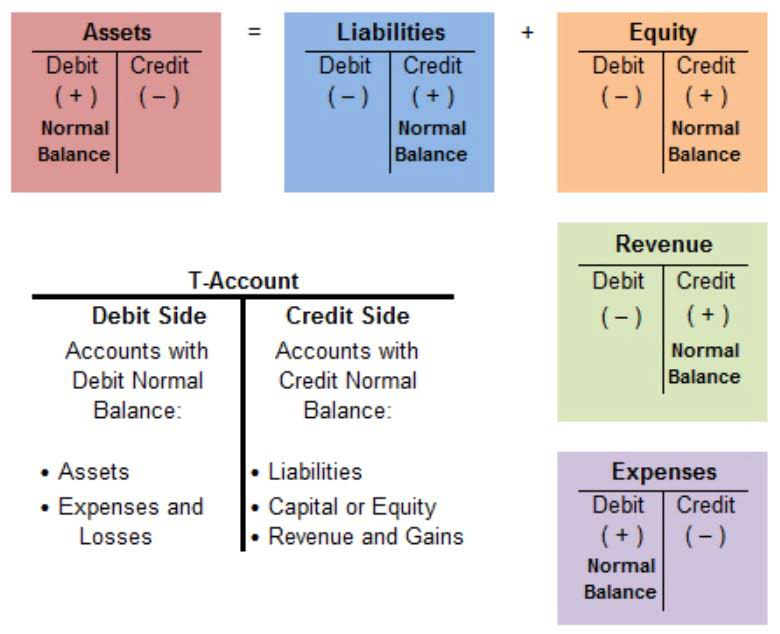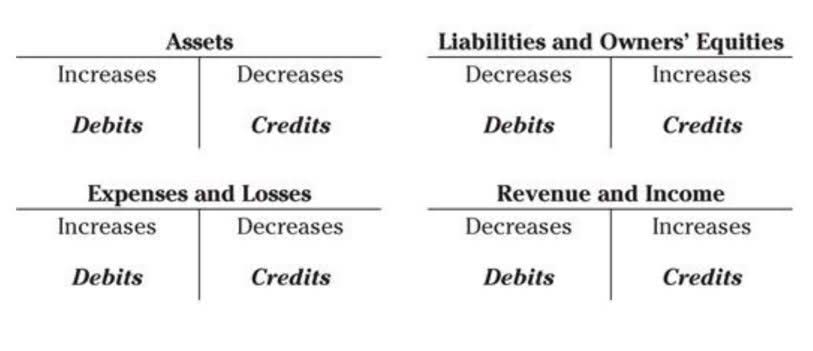
Gross domestic income (GDI) is a measure of a nation’s economic activity that is based on all of the money earned for all of the goods and services produced in the nation during a specific period. Imagine that same individual pays $1,500 per month in rent, $450 in student loans, and $300 towards an auto loan. All three of these expenses are excluded from the calculation of gross income for non-tax purposes. Business gross income can be calculated on a company-wide basis or product-specific basis. As long as the company is using a chart of accounts that allows tracking of revenue by product and cost by product, a company can see how much profit each product is making. There are income sources that are not included in gross income for tax purposes but still may be included when calculating gross income for a lender or creditor.
In theory, the two gauges should arrive at exactly the same total because every dollar that someone spends is another person’s income. In reality, however, they often diverge because the data is collected through different surveys from different sources and both are subject to sampling error. Keep track of your business’s income and gross income economics definition expenses by using Patriot’s small business accounting software. It’s designed for non-accountants, so you can easily manage your business’s finances yourself. Gross revenue is your business’s total sales before anything is subtracted. Gross income is the amount of money you earn before any taxes or other deductions are taken out.
What Is My Monthly Gross Income?
Both experienced similar percentage point increases in the shares in the lower- and upper-income tiers, and both saw double-digit decreases in the shares who are middle class. Women remained more likely than men to live in lower-income households in 2021 (31% vs. 26%). Your business earned $250,000 in total sales in the first quarter and the COGS was $100,000, resulting in a gross revenue of $150,000. While gross income is the amount your business earns from sales before subtracting expenses, net income is the amount your business earns after subtracting expenses.
- The income approach calculates the income earned by all the factors of production in an economy, including the wages paid to labor, the rent earned by land, the return on capital in the form of interest, and corporate profits.
- Treasury bonds, and some states also exempt interest on state and local bonds.
- This is different from operating profit (earnings before interest and taxes).[1] Gross margin is often used interchangeably with gross profit, but the terms are different.
- GDP differs from gross national product (GNP), which includes all final goods and services produced by resources owned by that country’s residents, whether located in the country or elsewhere.
- There’s also gross profit margin, which is more correctly defined as a percentage and is used as a profitability metric.
- Part of this increase reflects the rising share of adults who are in the upper-income tier.
- For example, the tax law uses the concepts of gross income, which includes all income in all its forms, and taxable income, which is gross income net of expenses and other adjustments.
Gross national income (GNI) is the total income earned by a country’s people and businesses, even if it was earned outside the country. It’s a measure of national wealth that can be used as an alternative to gross domestic product (GDP). The more widely-known term GDP is an estimate of the total value of all goods and services produced within a nation for a set period, usually a year.
What Does the IRS Consider as Income?
For businesses, gross income can also be referred to as gross profit when preparing financial statements for companies, and it equals the revenues from the sale of goods or services less the cost of goods sold. GNI can be much higher than GDP if a country receives a large amount of foreign aid or foreign investment. This is the case with Bangladesh, which recorded a 2021 GNI of $438 billion compared to a GDP of $416 billion.
- The relative economic status of men and women has changed little from 1971 to 2021.
- Common nontaxable income sources are certain Social Security benefits, life insurance payouts, some inheritances or gifts, and state or municipal bond interest.
- Beginning in the 1950s, however, some economists and policymakers began to question GDP.
- And no income measurement undertakes to estimate the reverse side of income, that is, the intensity and unpleasantness of effort going into the earning of income.
- The countries with the lowest GNI are Burundi, the Central African Republic, South Sudan, and the Democratic Republic of the Congo.
- Real per-capita GDP, adjusted for purchasing power parity, is a heavily refined statistic to measure true income, which is an important element of well-being.
These three approaches are often termed the expenditure approach, the output (or production) approach, and the income approach. At a basic interpretation, per-capita GDP shows how much economic production value can be attributed to each individual citizen. This also translates to a measure of overall national wealth since GDP market value per person also readily serves as a prosperity measure. All goods and services counted in nominal GDP are valued at the prices that those goods and services are actually sold for in that year. Nominal GDP is evaluated in either the local currency or U.S. dollars at currency market exchange rates to compare countries’ GDPs in purely financial terms. The calculation of a country’s GDP encompasses all private and public consumption, government outlays, investments, additions to private inventories, paid-in construction costs, and the foreign balance of trade.
Is Net Income the Same As Profit?
Unmarried men and women were much more likely than their married counterparts to be in the lower-income tier in 2021. And unmarried men, in particular, experienced a sizable increase in their share in the lower-income tier from 1971 t and a similarly large decrease in their share in the middle-income tier. Nonetheless, unmarried men are less likely than unmarried women to be lower income and more likely to be middle income. Married adults and those in multi-earner households made more progress up the income ladder from 1971 to 2021 than their immediate counterparts. Generally, partnered adults have better outcomes on a range of economic outcomes than the unpartnered. One reason is that marriage is increasingly linked to educational attainment, which bears fruit in terms of higher incomes.

White adults are the only group in which more than half (52%) lived in middle-class households in 2021, albeit after declining from 63% in 1971. At the top end, only about one-in-ten Black and Hispanic adults were upper income in 2021, compared with one-in-four or more White and Asian adults. Despite progress, Black and Hispanic adults trail behind other groups in their economic status. Although Black adults made some of the biggest strides up the income tiers from 1971 to 2021, they, along with Hispanic adults, are more likely to be in the lower-income tier than are White or Asian adults. About 40% of both Black and Hispanic adults were lower income in 2021, compared with 24% of White adults and 22% of Asian adults. Adults in households with more than one earner fare much better economically than adults in households with only one earner.
In 2021, some 20% of adults in multi-earner households were in the lower-income tier, compared with 53% of adults in single-earner households. Also, adults in multi-earner households were more than twice as likely as adults in single-earner households to be in the upper-income tier in 2021. In the long haul, adults in single-earner households are among the groups who slid down the income ladder the most from 1971 to 2021. Those ages 65 and older made the most notable progress up the income ladder from 1971 to 2021. They increased their share in the upper-income tier while reducing their share in the lower-income tier, resulting in a net gain of 25 points. Progress among adults 65 and older was likely driven by an increase in labor force participation, rising educational levels and by the role of Social Security payments in reducing poverty.

